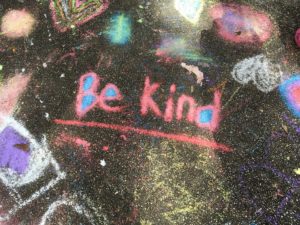 This is from the panel on Internet Presence for Writers from Norwescon a few weeks ago. Participants were K.G Anderson, K. Tempest Bradford (moderator), Chimedum Ohaegbu, and myself.
This is from the panel on Internet Presence for Writers from Norwescon a few weeks ago. Participants were K.G Anderson, K. Tempest Bradford (moderator), Chimedum Ohaegbu, and myself.
Panel description: We’ve all heard the warnings, “Be careful what you put online; it’s forever!” Is this really a concern? We’re encouraged to have a heavy online presence, but sometimes it can feel like walking on eggshells. Hear pros share how they balance their fanbase and personal sharing, where it’s gone right and gone wrong.
One of the keys is to be findable on the Internet. You should have a website, and that website should have a means of contacting you. You would be surprised how many writer websites do not have the writer’s name on the front page.
Along the same lines, that website should look professional rather than amateurish. If you must have squid, Karen observed, make them professional looking squid.
Curate your presence and don’t be random about it. You want to think about your online presence. Look at your social media and the last 20-25 things you’ve posted. How many are positive? How many are negative? How many are informative? That’s the presence you’re projecting online. People are drawn to people who care about people.
Have a newsletter. Raven Oak’s was held up as an example.
Facebook groups are more useful than Facebook pages. (note from Cat: I’m been hearing this for a while and it did lead me to start up a group, which so far has been livelier and more active than anywhere else for me on Facebook.)
Post proportionately and consistently.
Don’t let social media overwhelm your energy. You must have something to promote or all of this is pointless.
Use Twitter tools like Buffer or Hootsuite to keep things manageable by scheduling posts. Twitter lists are also useful. Cat keeps a private list marked “interactives,” which is people who frequently interact or repost her stuff, which is the first place she pulls from when scheduling posts. Another is a public list, Women in Fantasy and Science Fiction. To see what lists you are on, go to your Lists page and click on “Member of”.
Explore Twitter hashtags like #writingcommunity, #writerwednesday, #followfriday. On Instagram, look for #bookstagram and other book-related hashtags.
Blogging is coming back, but you need to have content that people want. Mary Robinette Kowal has a series called Debut Author Tips, for instance.








